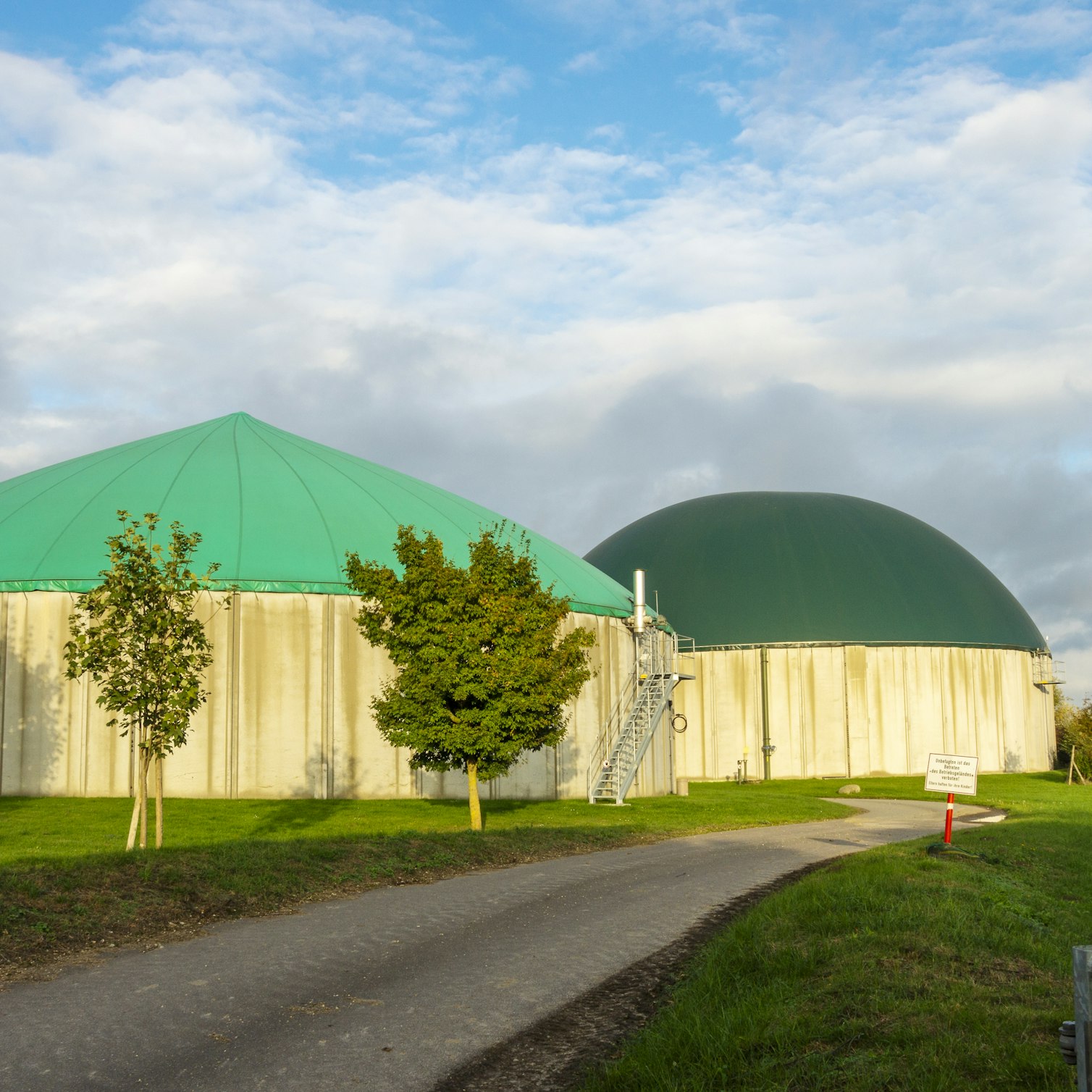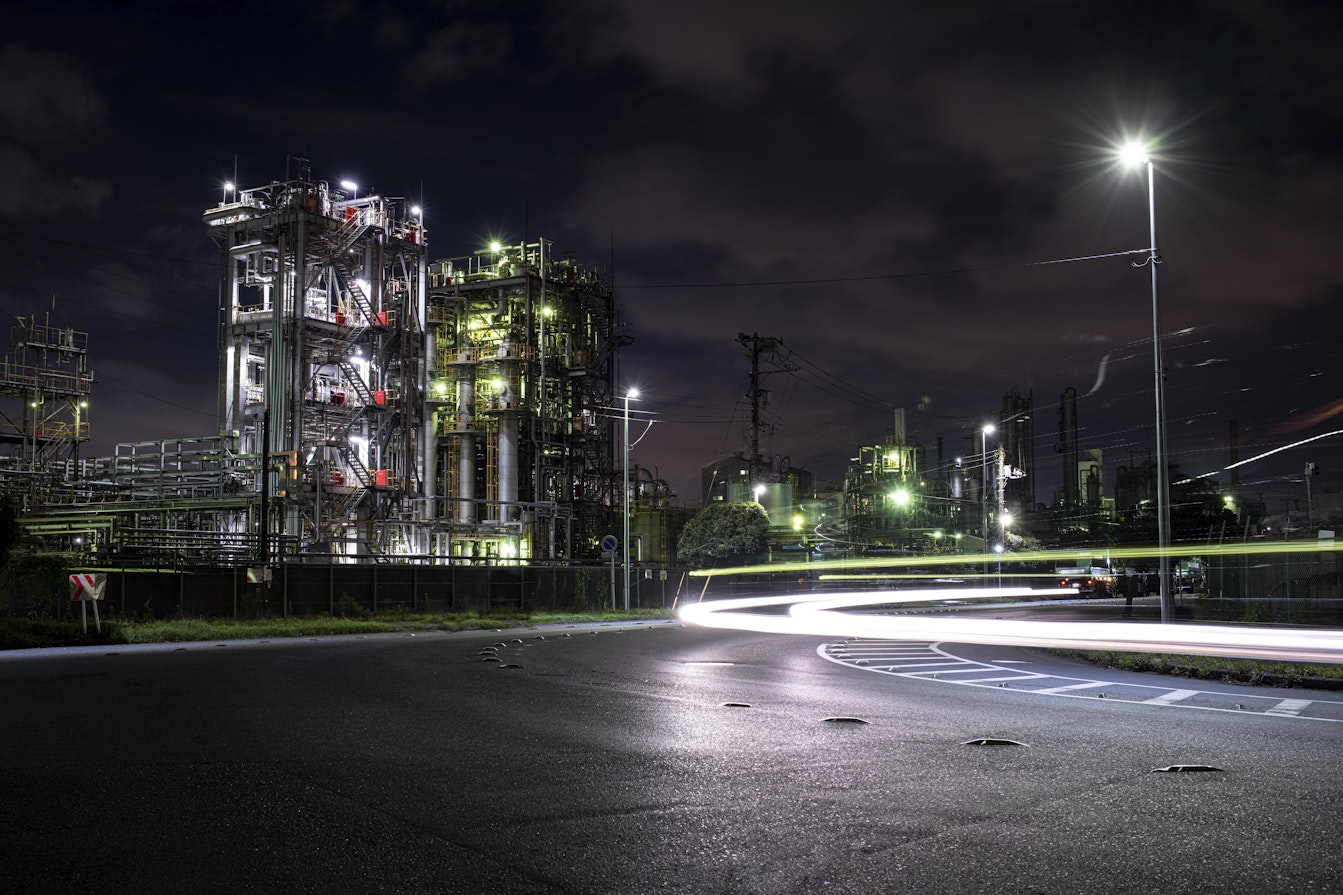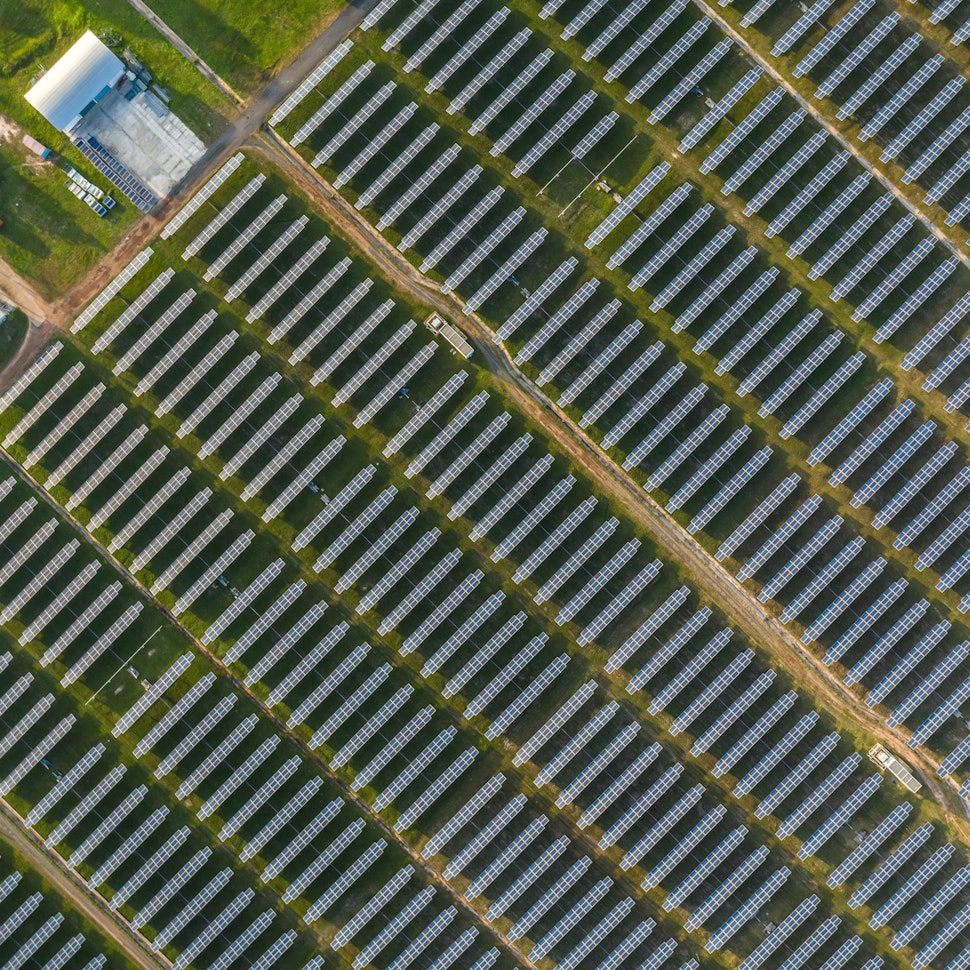- Solar energy blog
- Efficiency problem: Reducing energy waste is key to green transition
Efficiency problem: Reducing energy waste is key to green transition
Reducing energy waste is paramount to hitting green targets. Read on to discover how energy is lost and how governments are looking to capitalize on untapped opportunities and upgrade national infrastructure.


Jeremy Vickerman
Senior Content Manager
Senior Content Marketing Manager at RatedPower with extensive experience in content strategy, production, and communications. Over a decade of expertise spanning marketing, recruitment consulting, and public relations across the UK and Spain, with a strong track record in driving brand visibility and audience engagement.

Content
The road to green energy is paved with good intentions. Renewable investments reached $2 trillion in 2024, and around 29% of global electricity now comes from clean sources. However, beneath the surface is an obstacle hindering its potential: energy waste.
This silent saboteur is estimated to squander a staggering 75% of the world’s energy and threatens to derail the renewable shift. Environmentalist Bertrand Piccard warns that many countries are so focused on producing more energy that they’re forgetting to plug this drain, a mistake that may thwart the transition to true sustainability.
Look for ways to maximize your solar plant's efficiency and profitability. Download our Optimizing your solar PV project with RatedPower Playbook. Learn how RatedPower software renders and analyzes a range of configurations to help you design the most viable solar farm and optimize your levelized cost of energy (LCOE).
What is energy waste?
Energy waste occurs when power (such as electricity) is used inefficiently. Industries and commercial buildings are some of the biggest contributors to this issue. To illustrate, factories consume 54% of the world’s total delivered energy and waste 51% of that because of outdated manufacturing processes and equipment. Meanwhile, an average commercial building fritters away 30% of its energy on poor insulation and inefficient HVAC systems.
On the consumer level, energy waste primarily comes from phantom loads, where plugged-in devices continue to use power even when idle. This vampire draw makes up as much as 10% of a household’s energy costs.
In addition to these everyday examples, between 5 and 7% of energy is lost during electrical transmission and distribution as it travels from power plants to homes and businesses.

Why is energy waste a problem?
Energy waste accelerates climate change and depletes non-renewable resources. For every unit of energy lost, more fuel must be burned to meet demand, creating a cycle that emits 2.5 billion metric tons of CO2 and eats away at finite fossil reserves.
According to Picard, the potential of other renewables is often overlooked, particularly biogas and geothermal. While bioenergy comprises around 60% of Europe’s renewable mix, biogas only contributed 10%, while geothermal accounted for only 2.7%. In comparison, wind and solar stood at 13.2% and 7.2%, respectively.
Picard goes on to say that if countries focus only on energy production over efficiency and fail to develop local renewable sources, they risk missing their green targets.
How can we increase energy efficiency and limit energy waste?
Raising efficiency while lowering energy waste requires a multifaceted approach.
Upgrade infrastructure
Modernizing vital infrastructure such as power grids and buildings can go a long way in cutting energy waste.
Smart grids
Smart grids use sensors and digital technologies to sync electricity supply and demand in real time. Because they’re better at optimizing distribution than regular grids, they’re extremely useful in stabilizing fluctuating output from wind and solar plants.
Many countries are already deploying smart grids to make their power supply more resilient:
The EU plans to invest $633 billion in grid improvements by 2030, dedicating $184 billion to digitalization (including smart meters and automated grid management).
China intends to modernize and expand its smart power grids with a $442 billion investment from 2021 to 2025.
Japan’s $155 billion funding program aims to increase smart grid investments.
India initiated a $38 billion effort to assist power distribution companies in upgrading infrastructure.
The US launched the Grid Resilience Innovative Partnership program in 2022, allocating $10.5 billion to enhance and expand the electric grid.
Canada’s $100-million Smart Grid Program supports integrated system rollouts.
All this said, more than investment in this segment is needed to meet the net zero emissions by 2050, particularly in emerging markets and developing economies.
Smart buildings
According to the European Commission, buildings account for 40% of all energy used in Europe and that 75% of them are energy inefficient? The EU is addressing this issue with strict standards for new buildings and major renovations. However, because one-third of these structures are over 50 years old and only 1% are upgraded each year, this directive alone isn’t enough.
It’s equally important to incentivize green renovations and roll out smart meters. Governments should make it easier to purchase market-ready solutions like efficient insulation, electric heat pumps, and smart solar energy systems.
To learn more about what industry professionals think about the future of renewables, download our Renewable Energy & Solar Research Report 2024. The report gives a snapshot of trends, innovations, and preferences drawn from an industry survey and an analysis of solar simulations on the RatedPower Platform.
Capitalize on untapped opportunities
Chinese PV panels cost up to 63% less than their Western-made counterparts, putting pressure on manufacturers and leading to calls for protective measures.
Picard sees opportunities in this paradox. Rather than viewing China’s solar dominance as a threat, governments can treat it as a chance to reduce expenses and free up resources for developing other aspects of their renewable infrastructure.
The ISES shares this perspective, calling China’s large market share a non-issue. Although it might be strategic for Western countries to produce panels domestically, they can’t expect to create a major new industry — after all, the global solar cell market caps at $400 billion a year. Solar’s real value lies in its ability to boost local economies through job creation in various sectors, such as project planning, transportation, land development, construction, maintenance, and grid infrastructure.
Introduce alternative renewables
Governments should consider diversifying their energy portfolios to stabilize and sustain their power supplies.
Biogas is one of the most viable solutions. This underutilized resource has immense potential, but only a few countries have fully embraced its production and use. The UK is notably investing in this alternative energy source to heat up to 15 million homes by 2050.
Geothermal energy is also a promising option, especially in volcanically active regions. But while some countries are starting to harness this natural resource, there’s still a long way to go. Geothermal only accounts for 0.4% of electricity generation in the US due to technological, geographic, and permitting limitations. Even Indonesia, which holds 40% of the world’s geothermal resources, only uses 5% of its potential.

Conclusion
Ignoring inefficiencies can derail even the best-laid green energy plans. Combating climate change without addressing energy waste is like filling a bucket with a hole: No matter how much we pour in, it will never be full.
Governments need to combine top-level policy changes and infrastructure upgrades with bottom-up approaches, such as increasing public awareness, to reduce energy waste and drive the renewable transition.
Latest stories
Related posts
Market analysis
Power where it’s needed: Solving LatAm’s grid instability with distributed solar and storage
Find out how a bottom-up approach is solving LatAm’s grid instability, with community-led solar and storage projects giving people control over their energy.
Updated 29 DEC, 25

Market analysis
Powering through the peak: Why solar + storage is gaining momentum in MENAT
Discover how MENAT is building a functioning solar economy and why rising peak demand during extreme heat is squeezing its energy architecture.
Updated 11 DEC, 25


Market analysis
The rise of utility-scale PV + storage plants in Italy
Discover how Italy’s latest policies and auctions are driving utility-scale solar and battery storage projects to meet ambitious 2030 targets.
Updated 4 DEC, 25

- RatedPower
- Solar energy blog
- Efficiency problem: Reducing energy waste is key to green transition
 Watch a demo
Watch a demo Ask our AI Product Expert
Ask our AI Product Expert
